I can’t believe it is already Week 5. As the quarter flies by, I get closer and closer to thinking about that 12-15 page paper culminating all my findings that I will write. Oh boy.
For now, though, it seems as this week was a lot about planning. Whether it be my mid-quarter evaluation, planning for Farmworker Justice Day, or preparing for WAHESC next week, the past few days have been spent looking ahead to the upcoming weeks.
Because only the people who attend the Sustainability Conference will be able to attend my presentation, and I spent so much time preparing it, I would give you guys a little virtual rundown. Here it is. The fruits of my labor this week.
What is the real food challenge? What are its initiatives? A national movement that aims to shift millions of dollars away from corporations and toward producers that nourish consumers, communities, and the earth.
Evergreen committed to the Real Food Challenge in 2012, signing a contract that promised both Evergreen and Aramark (our dining service provider) will work to have 28% of food at Evergreen be “real” by 2020. As of 2015 calculations, we surpassed that, accounting for 31% real food at Evergreen. However, with the minimum wage increase over the next couple of years, it might be hard to improve or even maintain that figure.
Put simply, real food nourishes producers, the earth, consumers, and the community. The categories on which we judge these merits are Ecologically Sound, Humane, Fair, and Local and Community Based. In order to be “real,” food must meet the qualifications for at least one, if not multiple categories.
When calculating whether a food or producer is ecologically sound, we look for the following certifications:
- American National Standard for Sustainable Agriculture by Leonardo Academy
- Biodynamic Certified by Demeter
- FairWild
- Food Alliance Certified
- Rainforest Alliance Certified
- Salmon Safe
- USDA Organic Standard and approved certifiers
For humane foods, we look for:
- American Humane Certified [Free Range] (egg-layers only)
- Animal Welfare Approved/Certified AWA by A Greener World
- AWA Grassfed by A Greener World
- Biodynamic Certified by Demeter
- Certified Humane by Humane Farm
- Animal Care (all species except swine)
- Global Animal Partnership steps 4-5+
- Pennsylvania Certified Organic 100%
- Grassfed by USDA
- Rainforest Alliance Certified
To determine whether foods are fair trade (meeting labor and safety regulations, equal opportunity employment):
- Ecocert Fair Trade Certified
- Fairtrade America (Fairtrade International FLO)
- Fair For Life Certified by Institute for Marketecology (IMO)
- Fair Trade Certified by Fair Trade USA
- FairWild
- HandinHand
- Equitable Food Initiative (EFI)
- Food Justice Certified by Agricultural Justice Project Fair Food Program by the Coalition of Immokalee Workers
- Milk with Dignity by Migrant Justice
What qualifies as local? Although there are no specific certifiers, in order to be local, the producer must gross $50 million or less a year in profit, or $5 million or less for individual produce farms. All production, processing, and distribution facilities must be within a 250 mile radius of the institution, except in the case of meat, in which case it is a 500 mile radius.
In calculation whether a product is real, there are yellow light qualifiers. These indicate that food is real, but it could be… “realer” for lack of a better term. Usually when a product is assigned a yellow light, it means that half or more of the ingredients meet real food qualifications.
When calculating there are some no-nos. These are automatic disqualifiers. Some include products that have GMOs, producers that use Concentrated Animal Feeding Operations (CAFOs), producers that have been proven to commit egregious human rights or labor violations, and certain additives such as Aspartame, Butylated hydroxyanisole (BHA), Butylated hydroxytoluene (BHT), Caramel coloring, Red #3, Red #40, Yellow #5, Yellow #6, and partially hydrogenated oils.
Since Annie and I are all about the legislature this quarter, we decided to add a couple relevant bills so that people know to reach out to their legislators and support these in order to do their part for a more eco, fair, humane, and local food system!
Wonder where I got all these awesome photos? Well, there. If you can read all of those.
While I will be at the conference next week, if you are in Olympia, please attend Farmworker Justice Day on campus! I’ve already posted the flyer in announcements, but because I made it, I thought I might stick it here too.
Let me know how it goes, and I will report back in kind about the conference! Until next week.
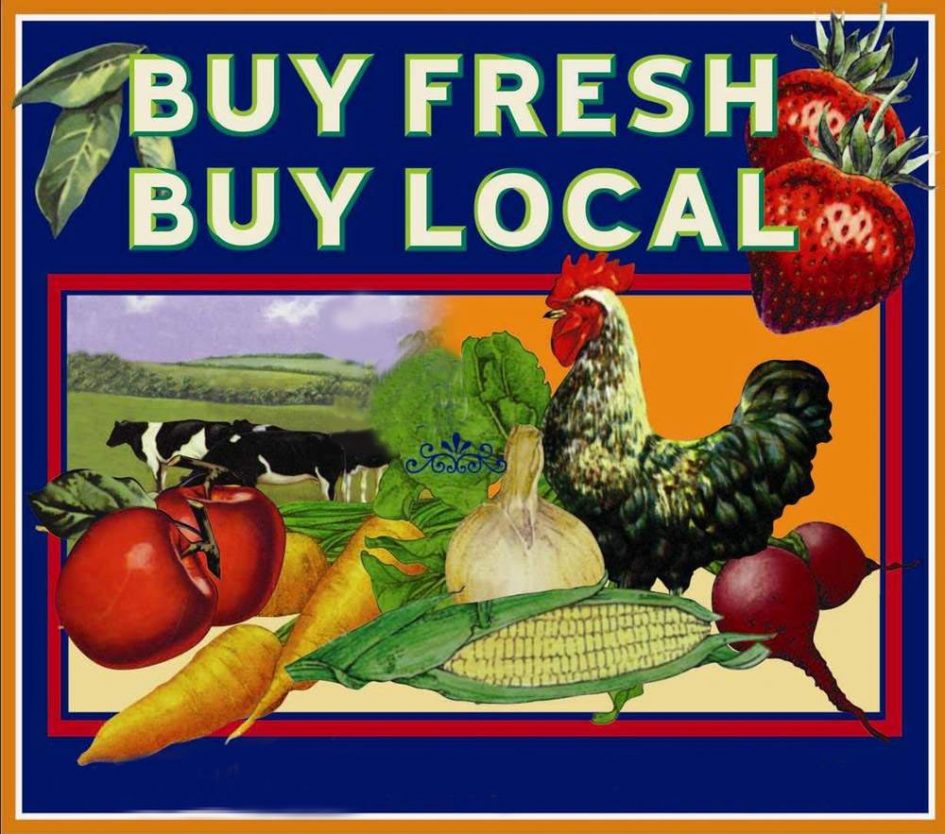

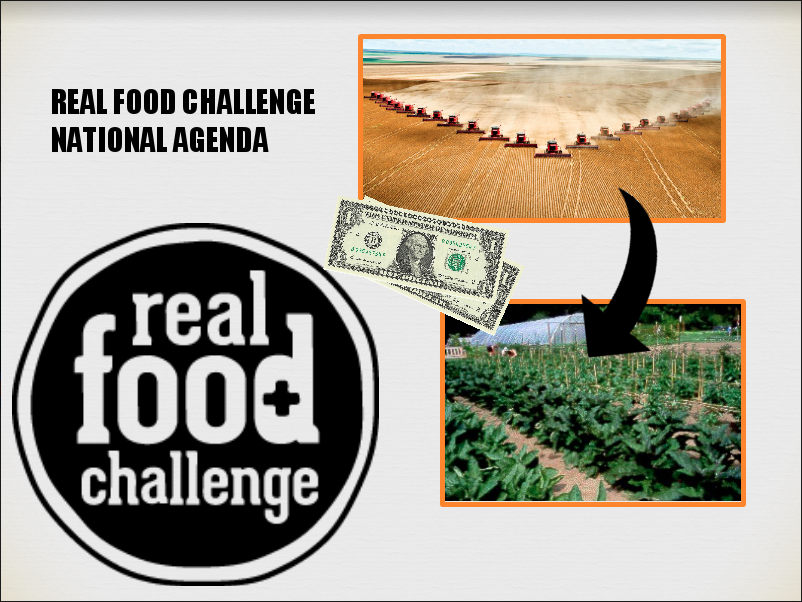


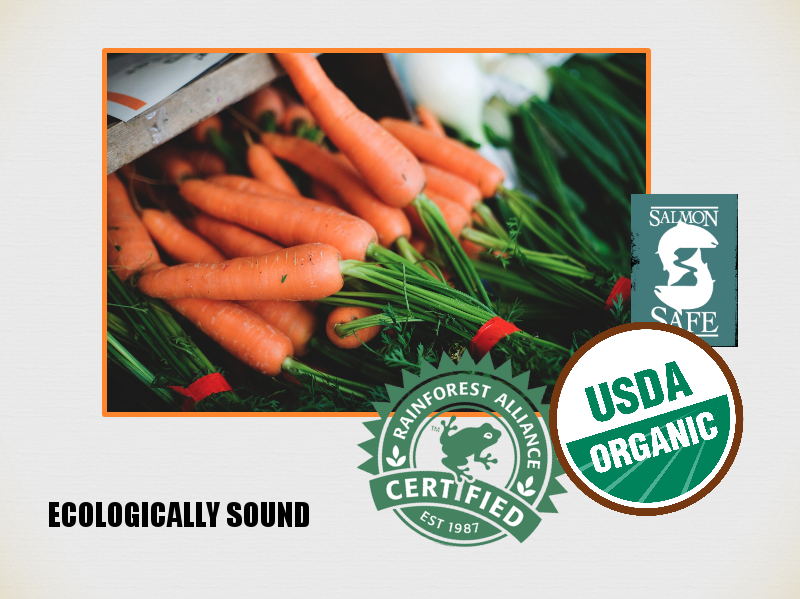



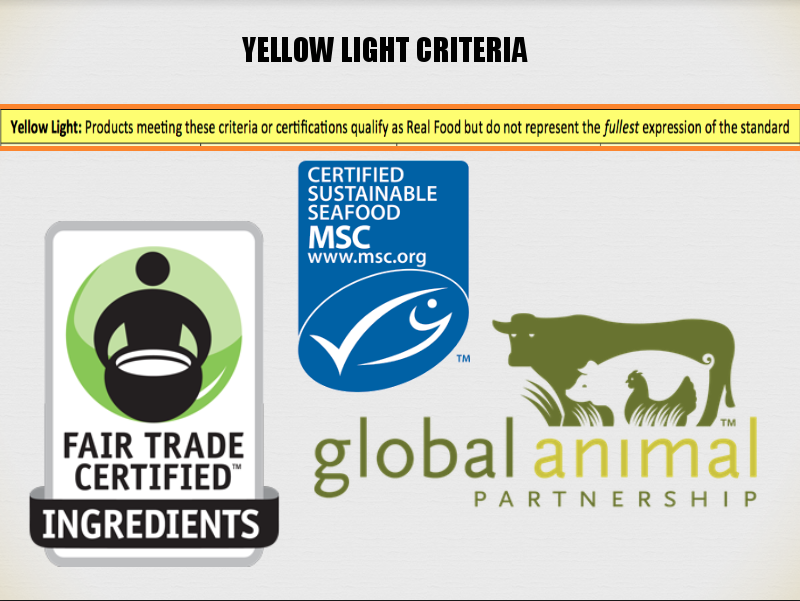


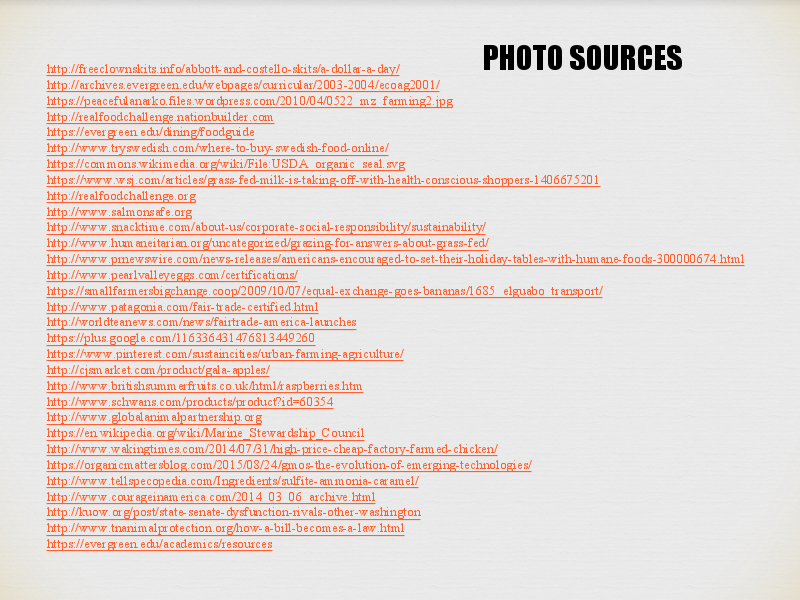
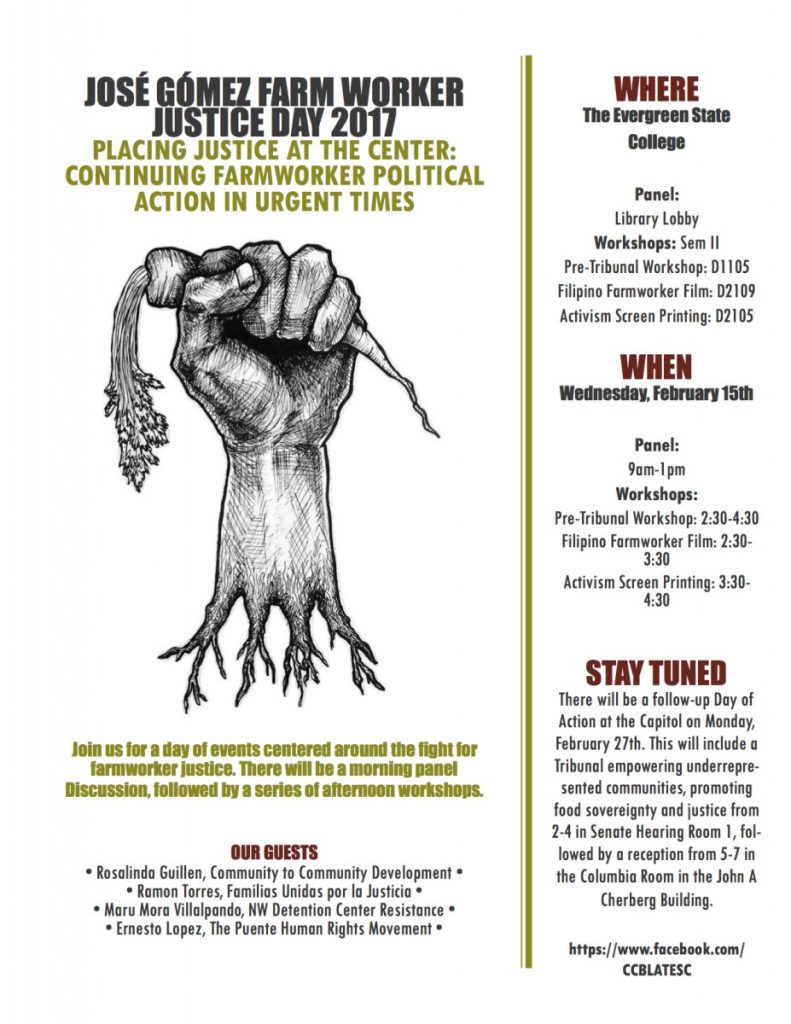
Leave a Reply